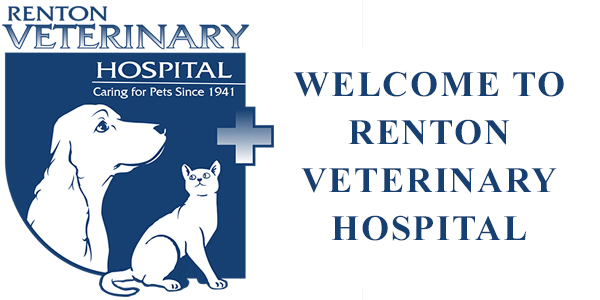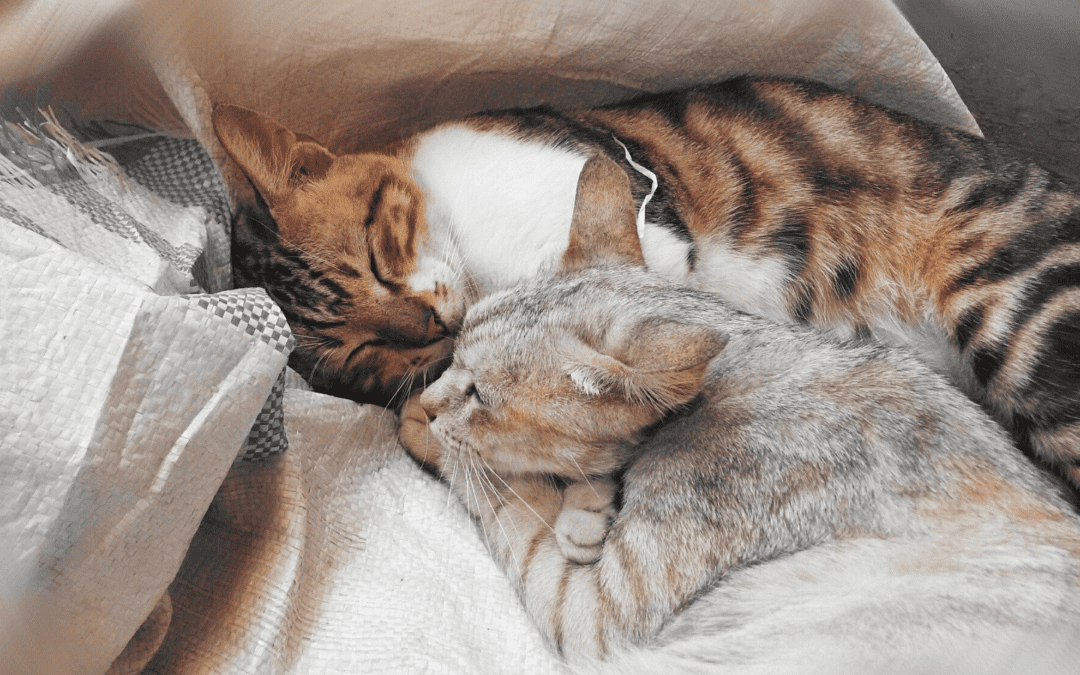First key thing to consider is to provide a safe space for your cat. Is your cat indoor or outdoor? Several veterinarians advocate that domestic cat be kept inside for their own health and safety as well as the safety of surrounding native wildlife. Pet cats that roam freely outdoors are subject to many dangers including, but not limited to accidents from vehicles as many outdoor cats’ crossroads, attack by other animals, possible human cruelty, traps, and catching diseases.
For indoor cats, its much easier to provide a safe place which is often a raised private and secure area as this provides isolation and sense of enclosure. This space is where a cat can retreat to feel protected. When a cat is relaxed, a safe place can also function as a resting or sleeping area. Cardboard boxes, perches, and shelves all make such great safe spaces.
For any indoor cat, it would be a great idea to provide scratch posts, climbing wall, catnip, feather, balls, and cat toys. Keep them busy!
In a multi-cat household, the safe place should have multiple access so one cat can’t easily block the access to the space for another. Toys should also be in multiple locations to avoid competition and social tension between them.
Cats that refuse to be a strictly indoor only cat, you can still do things to protect them while they are outside. You can build an overhang at the top of a solid backyard fence with piping and netting. This overhang should be about two feet long and project inward at about a 45-degree angle such that the cat cannot jump over it. This will also makes it harder for another cat to jump into your yard. You can also build an enclosed patio space, so your cat(s) have access to it from the house.
References:
AAFP and ISFM Feline Environmental Needs Guidelines – Journal of Feline Medical Surgery, March 2013.
American Humane Association – Indoor Cats vs. Outdoor Cats.

